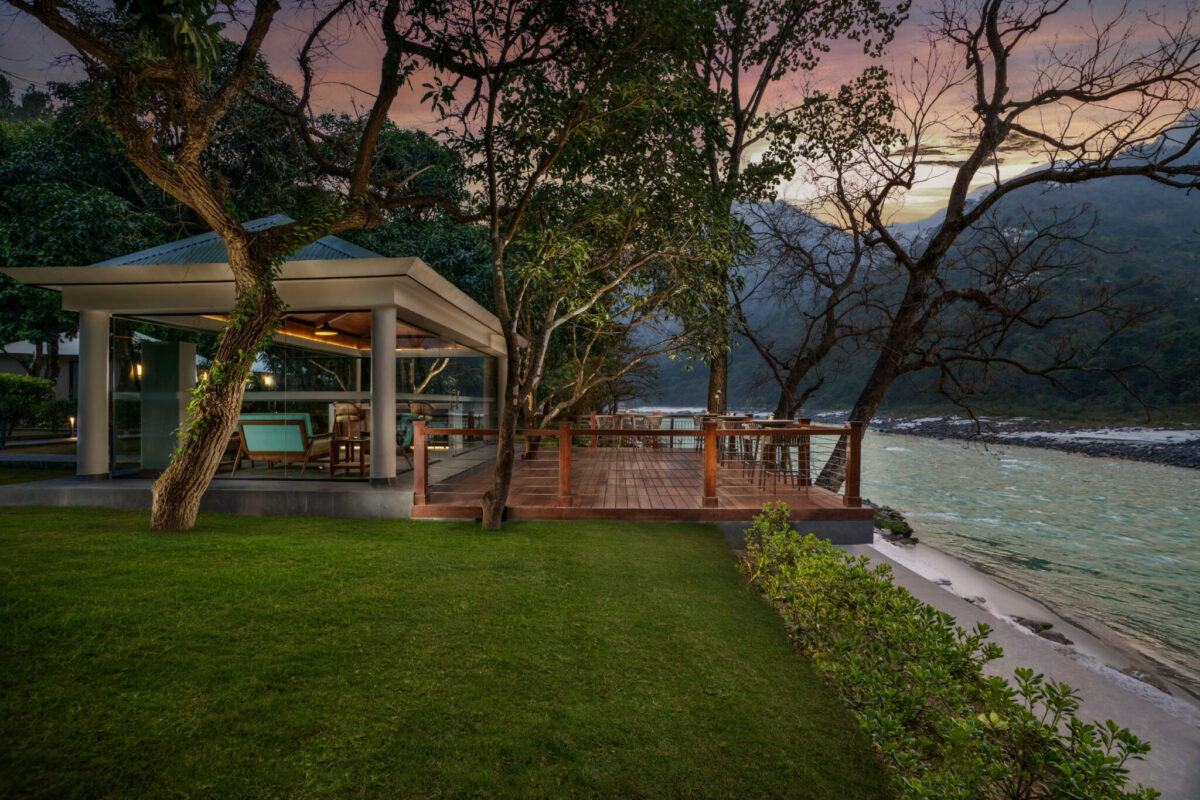Indian Hotels Company (IHCL) looks to open an average of 2 hotels per month or even more in fiscal year 2024-2025, Puneet Chhatwal, managing director and CEO of IHCL, announced during an earnings call on Friday.
The hotel company is gearing up for an accelerated pace of growth in the fiscal year 2024-2025 with 85 hotels in the pipeline.
IHCL is also set to introduce two new brands within the next six months, primarily targeting Tier 2 and Tier 3 cities. Chhatwal emphasized that these new brands and businesses align with IHCL’s asset-light strategy, “contributing to margin expansion and reducing vulnerability to business fluctuation.” (More details on the new brands below)
In the current fiscal year, IHCL has already signed 28 hotels with 16 hotels already operational. Chhatwal revealed plans to add four more hotels in February and March.
The Numbers
The company’s asset-light model has resulted in a noteworthy achievement — doubling the management fee income from pre-Covid levels to INR 3.2 billion ($39 million) for the first nine months of the fiscal, the CEO said.
IHCL’s third quarter performance for the period ending December 30, 2023, marked its seventh consecutive quarter of record-breaking results.
Standalone revenue soared by 22% year-on-year, reaching INR 13 billion ($160 million), while earnings before interest, taxes, depreciation, and amortization (EBITDA) grew by 30% to INR 6 billion. The company celebrated a consolidated revenue milestone of INR 50 billion ($600 million) for the first nine months of the fiscal year.
Chhatwal highlighted the success of IHCL’s diversified top line (which includes new and reimagined brands like Ginger, Qmin, ama Stays and Trails, The Chambers and the TajSATS), showcasing a 34% growth in these brands in the last 9 months over the previous year. This growth rate, he said, was twice that of the traditional business, which also saw a 17% increase during the same period.
Where Will The New Brands Come Up?
With the new brands, IHCL looks to accelerate its presence in the non-metro Indian market. Acknowledging the need for a full-service brand in Tier 2 and Tier 3 cities, addressing different market segments, Chhatwal highlighted the need for a multi-brand strategy to address varied consumer preferences.
With a focus on tapping into the mass market of 400-500 million Indians residing outside metro areas, the new brand would be similar to the existing Vivanta brand (a collection of upscale business and leisure hotels), he said.
“India has embarked on a strategic GDP growth, there will be new needs and wants that arise. Now instead of being reactive, we will be proactive,” he said.
While acknowledging the suitability of the Ginger brand for district capitals, Chhatwal recognized its limitations in smaller cities, particularly in hosting events like banquets and weddings. In response to this, IHCL has transitioned from a singular brand approach (such as Taj) to a multi-brand strategy, aligning with the diverse nature of the Indian market.
Chhatwal said the new brand would look at getting to a minimum of 50 hotels in a very short period of time.
The pricing strategy for the new brand is designed to be competitive and accessible, with average rates expected to be in the range of INR 8,000 to INR 9,000 ($100-110), Chhatwal said, adding, “This places the new offering above the budget-friendly Ginger but below the premium Taj, positioning it as an attractive option for a wider audience seeking a full-service experience.”
The Challenging U.S. Market Amidst Domestic Triumphs
Despite IHCL’s impressive performance on the domestic front, its international business presents a contrasting picture, a modest contributor to the overall consolidated profit.
Giridhar Sanjeevi, executive vice president, and chief financial officer of IHCL, emphasized the significance of the U.S., U.K., and South Africa properties in the company’s international portfolio. While the operations in the U.K. and South Africa have proven to be profitable, the U.S. market poses a current challenge for the company.
Acknowledging the difficulties faced in the U.S. market, IHCL remains optimistic about its global prospects. The company said it is actively implementing cost-control measures, especially in demanding markets like New York and anticipates a positive turnaround in San Francisco within the next 12 to 18 months.
Highlighting the importance of the U.S. market, Sanjeevi reiterated that the company’s presence in the country provides robust marketing and macro network benefits.
Accommodations Sector Stock Index Performance Year-to-Date
What am I looking at? The performance of hotels and short-term rental sector stocks within the ST200. The index includes companies publicly traded across global markets, including international and regional hotel brands, hotel REITs, hotel management companies, alternative accommodations, and timeshares.
The Skift Travel 200 (ST200) combines the financial performance of nearly 200 travel companies worth more than a trillion dollars into a single number. See more hotels and short-term rental financial sector performance.
Read the full methodology behind the Skift Travel 200.
Subscribe to Skift Pro to get unlimited access to stories like these
{{monthly_count}} of {{monthly_limit}} Free Stories Read
Subscribe NowAlready a member? Sign in here
Subscribe to Skift Pro to get unlimited access to stories like these
Your story count resets on {{monthly_reset}}
Already a member? Sign in here
Subscribe to Skift Pro to get unlimited access to stories like these
Already a member? Sign in here
